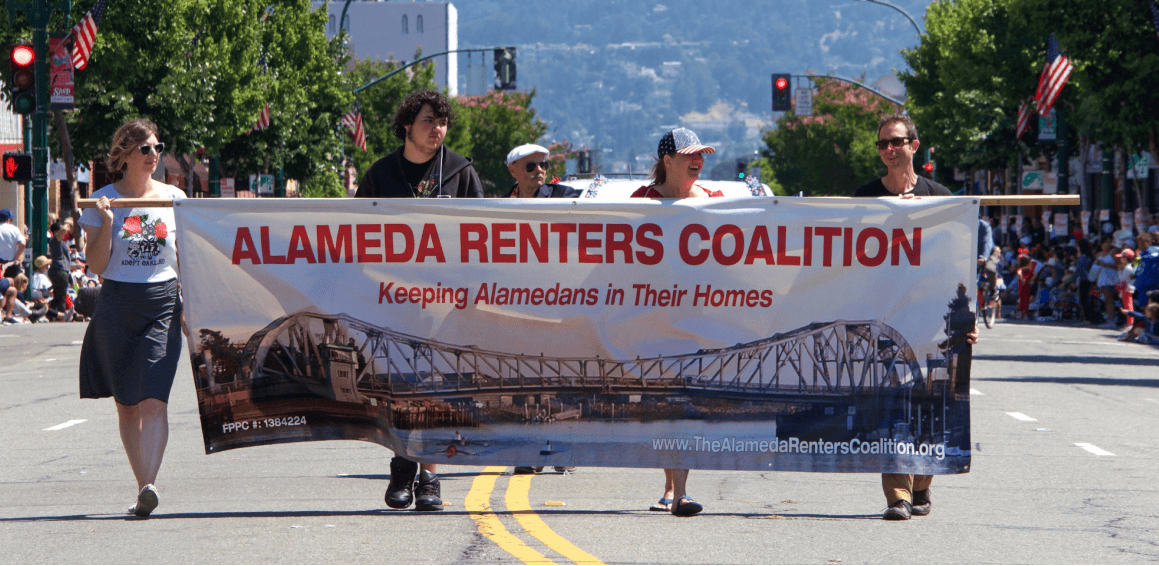‘We Adapt’: How the Pandemic Has Left Its Mark on Multifamily
The adoption of technology is crucial to multifamily market’s growth, according to Tony Conary, vice president of sales at SmartRent, who said COVID-19 has drummed up greater interest in and reliance on self-guided tours.
“No one did self-guided tours before the pandemic. The day the pandemic hit, our phones started ringing and they said, ‘Hey, how do we get people in our leasing centers because we don’t have human beings in there anymore?’”

“I think about Walmart when they decided to become an online retailer. If they hadn’t done that, they probably would have died like Kodak. Multifamily is headed that same direction, with all these new tech platforms to kind of say, ‘How do I stand my business up in the event another pandemic happens, God forbid?’ But how can you be prepared for that? How do you become more efficient and do more with less?”
Singling out another pandemic-induced trend, Archway’s senior vice president and chief operating officer Tom Noble said working from home is the key pattern to watch for in the multifamily space, noting, “It’s going to continue to affect not just the office market but residential market.”
“Folks are not going to be heading back to the city to work as often as they were,” Noble said. “What does that do to apartments? What does that do to suburban apartments? We think that’s a trend to watch.”
Amenities are also now more important than ever, according to Peter Roisman, co-founder, president & CEO at REV The Multifamily Leasing Company. He said units are getting larger as more people spend more time at home.
“Certainly, with people working from home, new-builds are building in space for operating a small office. They want more space, they want some outdoor space, and it’s just a different way of working. High-speed internet is a must, 100%, if you’re working from home,” Roisman said. “We adapt. We identify problems and we adapt for the future.”
Conary seconded that, having found that WiFi is of No. 1 importance to his clients working from home. He said he’s also seeing more scrutiny on amenities to see who actually uses what.
“People are just getting smarter with the data available to kind of say, ‘What do we do in the future? How do we repurpose this space?’ ” Conary said. A lot of coworking office spaces available, business centers turning back into individual spaces, things like that are what we’re seeing.”
Timothy P. DeKeyser, a partner at Stroock & Stroock & Lavan in Miami, moderated the panel.
The speakers also discussed the rise in single-family built-for-rent communities. Noble described it as “here to stay” and Conary said he’s noticed more clients entering that space for the first time.
“We’re hearing a lot of demand from young folks without kids and older folks downsizing. Trend continues. Conary said. “Now it’s saying, ‘More space’ and ‘How do I not have a neighbor?’ “
Source: GlobeSt.















 Accessibility
Accessibility